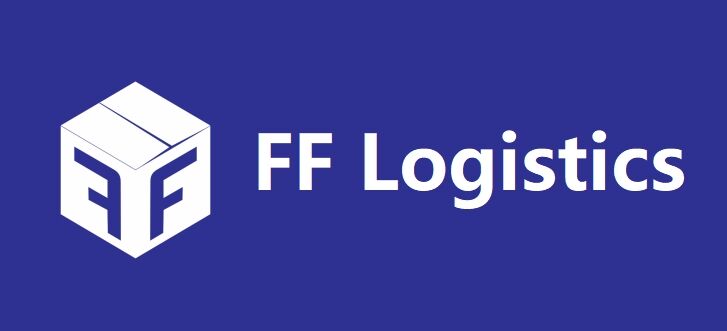When customs places a parcel hold, it often disrupts your plans. Missing paperwork, unpaid duties, or restricted items are common reasons for this delay. Identifying the issue quickly helps you resolve it faster. Most problems can be fixed by providing the right documents, paying fees, or clarifying item restrictions.
Common Reasons for a Parcel Hold
Missing or Incorrect Documentation
Customs relies on accurate paperwork to process shipments. Missing or incorrect documentation often causes a parcel hold. For example, incomplete customs declaration forms or missing invoices can delay your package. Customs officers need these documents to verify the contents, value, and origin of your shipment. Without them, they cannot proceed. To avoid this issue, double-check all required forms before Shipping. Ensure that every detail matches the actual contents of your parcel.
Unpaid Duties or Taxes
When you ship internationally, customs may charge duties or taxes based on the value of your parcel. If these fees remain unpaid, customs will hold your package until payment is made. This happens frequently when the sender or recipient is unaware of the charges. You can prevent this by researching the destination country’s import fees. Paying these charges in advance, if possible, can also speed up the process.
Restricted or Prohibited Items
Certain items cannot pass through customs due to restrictions or bans. These include hazardous materials, counterfeit goods, and items that violate local laws. If your parcel contains such items, customs will seize it. In some cases, they may even destroy the package. Always check the destination country’s list of restricted or prohibited items before shipping. This step ensures your parcel complies with regulations.
Random Inspections or Security Concerns
Customs sometimes selects parcels for random inspections. This process ensures compliance with import laws and addresses security concerns. Even if your documentation is correct and your items are allowed, your parcel may still face delays. While you cannot prevent random inspections, you can reduce the chances of issues by ensuring your shipment meets all customs requirements.
Steps to Resolve a Parcel Hold
Contact the Shipping Carrier or Customs Office
The first step to resolving a parcel hold is reaching out to the shipping carrier or customs office. They can provide specific details About why your package is being held. Use the tracking number to get accurate information. Many carriers offer online tracking tools or customer Service hotlines. Customs offices may also have dedicated contact numbers or email addresses. Prompt communication helps you understand the issue and take the necessary steps to release your parcel.
Pay Any Outstanding Fees or Duties
If unpaid duties or taxes caused the hold, you must settle these charges. Customs will not release your parcel until the payment is complete. Check with the customs office or shipping carrier to confirm the exact amount. Some carriers allow you to pay online, while others may require payment at a local office. Keep the receipt as proof of payment in case further verification is needed.
Provide Missing or Corrected Documentation
Missing or incorrect paperwork often leads to delays. Customs may request specific documents, such as a corrected invoice or a detailed customs declaration. Submit these documents as soon as possible to avoid further delays. Double-check the information for accuracy before sending it. Providing the correct paperwork ensures customs can process your parcel without additional issues.
Address Issues with Restricted or Prohibited Items
If customs flagged your parcel for containing restricted or prohibited items, you need to act quickly. Contact the customs office to understand the regulations and determine if the item can be returned or removed. In some cases, you may need to provide additional permits or certifications. If the item cannot be shipped, you might have to arrange for its return or disposal. Always comply with customs regulations to avoid penalties.
Preventing Customs Delays in the Future
Ensure Accurate and Complete Documentation
Accurate documentation is the foundation of smooth customs clearance. Double-check every form before shipping your parcel. Include all required details, such as the item description, value, and origin. Use clear and precise language to avoid confusion. Missing or incorrect information often leads to delays. Keep a checklist of necessary documents to ensure nothing is overlooked. This simple habit can save you time and frustration.
Research Customs Regulations for the Destination Country
Every country has unique customs rules. Research these regulations before shipping your parcel. Learn about the required paperwork, import restrictions, and applicable duties. Many customs websites provide this information. If you’re unsure, contact the customs office or your shipping carrier for guidance. Knowing the rules helps you avoid surprises and ensures your shipment complies with local laws.
Avoid Shipping Restricted or Prohibited Items
Restricted or prohibited items often cause customs issues. Check the destination country’s list of banned goods before packing your parcel. Items like flammable materials, counterfeit products, or certain foods may not be allowed. If you’re unsure about an item, consult the customs office. Shipping only permitted items reduces the risk of delays or confiscation.
Use Reputable Shipping Carriers
Reputable carriers simplify the customs process. They often have experience handling international shipments and can guide you through customs requirements. Many carriers offer tracking tools and customer support to keep you informed. Choosing a reliable carrier ensures your parcel reaches its destination with fewer complications.
Customs holds may seem frustrating, but you can manage them effectively. Resolving these issues often requires addressing missing documents, unpaid fees, or restricted items. By taking proactive steps, such as ensuring accurate paperwork and researching regulations, you can avoid future delays. Planning ahead ensures smoother shipping experiences and fewer interruptions.



